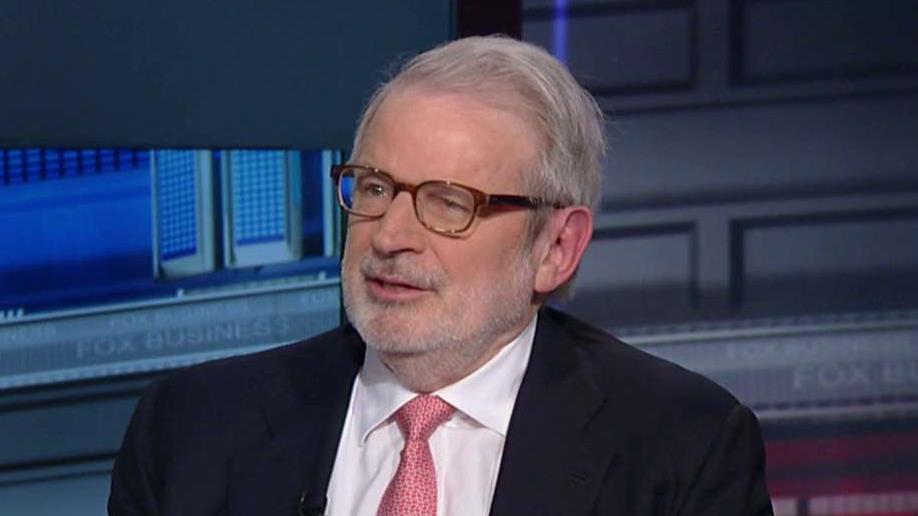A More Hawkish Fed Could Have Unintended Market Effects
The Federal Reserve has exercised extreme caution when it comes to telegraphing to the markets its intent for monetary-policy changes. But economists warn that as the central bank moves closer to pulling the trigger again on raising rates, it could unintentionally change the delicate dynamic it’s put in place.
Back in December, the Fed began its path for normalizing monetary policy when it raised rates for the first time in nearly a decade. At that time, the U.S. central bank said it expected to raise rates four more times by the end of 2016, but was forced to revise that forecast down to just two rate hikes by the end of the year due to unforeseen global market events.
Minutes released after its two-day policy setting meeting last month showed the Fed actively preparing the markets for a June or July rate rise. It cited better economic conditions and a decrease in global market concerns and volatility as the main drivers for moving rates higher.
In the week following the minutes’ release, fed funds futures – a tool used to predict the market’s expectations of future changes in monetary policy – have ratcheted up forecasts for a summer rate hike. Odds for a move in June went from single digits to 34%, while expectations for at least one increase in rates stand at 57% in July, and 80% by the end of the year in December.
But it’s not just as simple as the Fed making a move to set higher rates. Market expectations naturally tighten financial conditions, a phenomenon economists at Deutsche Bank said could interrupt the Fed’s plans, citing 2013’s so-called taper tantrum in the markets as an example of expectations disrupted by changing financial conditions. At that time, equity and bond markets showed a sudden and sharp reaction to comments made by then-Fed Chairman Ben Bernanke that the central bank could slow the rate of its bond purchases.
The Deutsche Bank economists, in a note, said if the Fed continues with its increasingly hawkish tone without better macro-economic data, they expect interest rates to move higher while the dollar gains more strength and risk assets to come under pressure – ultimately naturally tightening financial conditions.
However, if the Fed remains dependent on economic data, as it has said it will, then naturally tighter market conditions would not interrupt the central bank’s plan to raise rates on its own.
Still, a caveat exists.
“This relatively benign view of financial conditions could be upset by shocks from China, for example, as was the case earlier this year, which could again raise uncertainty and tighten financial conditions sufficiently to delay rate increases by the Fed,” the economists noted.
Other factors, including a late-June referendum on whether Britain will leave the European Union, also loom on the horizon.
The Fed has several weeks before it must decide whether to move ahead with an early-summer rate hike at its next meeting June 14-15 – which takes place a week before the so-called Brexit vote. That means the central bank will have nearly a month’s worth of economic data – including an update on first-quarter GDP, the May jobs report, manufacturing and services-sector data, and new figures on the housing market – to digest.
However, David Stockman, former budget director under President Ronald Reagan, said none of that matters, and the Fed’s hawkish tone is merely bluster. In his view, though the central bank remains somewhat optimistic on the economy, he believes a recession is looming.
“When has the Fed ever gotten it right about the economy? Did it see the crash coming in 2000? Did it see the housing bubble? Did it see the Wall-Street meltdown in 2008, or the bubble it’s creating now,” he asked FOX Business Network’s Neil Cavuto on Wednesday. “The answer is no…it has no clear view of the future.”
Stockman said he expects a recession by the end of this year or next, which he forecasts will be followed by “massive panic and selling” on the Street.
“It’s hard to say what the black swan is, but right now, if we look at this economy, inventories are building up. If we look at transportation, for instance, rail traffic is down 10%, trucking traffic is down, manufacturing has been negative for months,” he said.
To that point, data from the Institute for Supply Management showed that U.S. factory activity fell more than expected in April, though it remained in expansionary territory. Regional readings from both the New York and Philadelphia Federal Reserve banks showed manufacturing activity moved deeper into contraction in May.




















